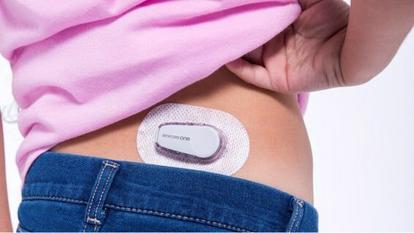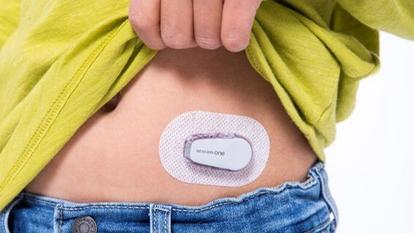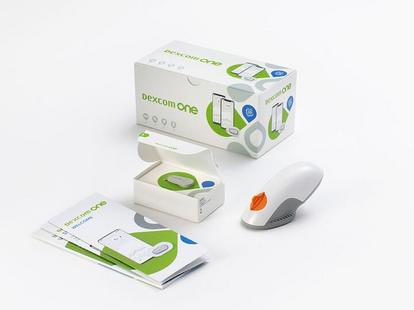
The power to change how your child lives with diabetes
With the Dexcom ONE Continuous Glucose Monitoring System, it only takes a quick glance at a compatible smartphone to know your child’s number and where it’s headed°, with ZERO fingersticks!*.
*If your glucose alerts and readings from the Dexcom ONE do not match symptoms or expectations, use a blood glucose meter to make diabetes treatment decisions.
Continuous Glucose Monitoring
You can continuously monitor your child's glucoce level and trend on a compatible smartphone or receiver°.
Approved for 2 years and above
The Dexcom ONE system can be used by people with diabetes from the age of 2 and older.
High & Low glucose alerts
The Dexcom ONE app can alert you whenever your child’s glucose rises or falls outside of customised High and Low glucose levels.
Inserting the sensor is quick and easy!
Thanks to the sensor auto-applicator, it only takes the push of a button to insert the sensor's wire in an instant beneath the skin. In a study, 84% of Dexcom G6 users reported painless sensor insertionˣ.
Three options for sensor placement
For anyone ages 2 to 17, the Dexcom ONE sensor can be worn in three different locations, giving your child more flexibilty.

Upper Buttocks
This location may be more adapted for skinny or very young children.

Back of upper arm
This location is easy to reach and may be an ideal option for children who are active.

Abdomen
This location is more discrete and can be easily covered with clothing.
Is your smartphone compatible?
In order to use to use the Dexcom ONE app, you first need to ensure that your smartphone's model and operating system are compatible with our app.

Give Dexcom ONE a try!
The Dexcom ONE starter kit
If you're new to the Dexcom ONE Continuous Glucose Monitoring System, this is the place to start. Our starter kit contains a sensor and a transmitter, for a trial up to 10 days.
° Smart devices sold separately. For a list of compatible smart devices, click here. You may not receive glucose readings if your smartphone is not within 6 meters of your child's transmitter. Your smartphone and your child's transmitter may need to be closer together to receive readings if your child is in water.
ˣ Shah VN, et al. Diabetes Technol Ther. 2018;20(6):428–433.
ˣ Shah VN, et al. Diabetes Technol Ther. 2018;20(6):428–433.


